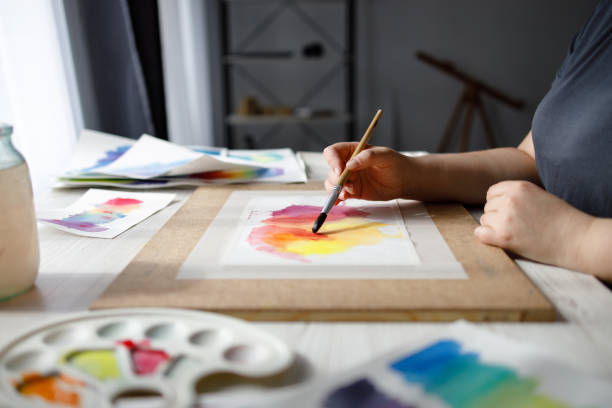Unveiling the Healing Power of Art Therapy: A Health and Wellness Perspective
Art therapy has been gaining traction in the health and wellness community. However, its healing prowess remains largely unexplored. This article provides a deep dive into art therapy, discussing its historical context, the latest research findings, and how it is shaping health and wellness trends.

The Roots of Art Therapy
Art therapy, as a form of expressive therapy, traces its roots back to the mid-20th century. Psychologists began to recognize the therapeutic benefits of art-making for individuals suffering from trauma or mental health issues. Over time, the practice has evolved, incorporating elements of psychology and visual arts.
The Science Behind Art Therapy
Recent studies have shown that engaging in artistic activities can significantly reduce stress levels. Researchers explain this phenomenon by pointing to the meditative state that art-making induces. This ‘flow state’ is similar to the mindfulness achieved through meditation, where one’s attention is fully absorbed in the moment.
Art Therapy in Today’s Health Trends
Art therapy is rapidly becoming a popular wellness trend. It is emerging as a holistic approach to wellness, addressing both physical and mental health. Experts are now recommending art therapy as a complementary treatment for various conditions such as depression, anxiety, and even physical ailments like cancer.
The Benefits and Challenges of Art Therapy
Art therapy offers numerous benefits. It promotes self-expression, reduces stress, encourages positive self-image, and improves cognitive function. However, it also faces challenges. The main hurdle is the prevailing misconception that one needs to be artistically talented to participate in art therapy.
The Veracity of Art Therapy
Art therapy’s effectiveness is backed by robust scientific evidence. Numerous studies have documented its benefits, especially in mental health treatment. Despite this, it is crucial to remember that art therapy is not a standalone solution but a complementary approach to conventional treatments.
Unconventional Wisdom: Art Therapy Insights
- Art therapy is not about creating a masterpiece; it’s about the process of creation.
- The benefits of art therapy are not exclusive to those with artistic talent.
- Art therapy can be tailored to individual needs and preferences.
- It’s not necessary to understand the art to benefit from art therapy.
- Art therapy can be practiced independently or under the guidance of a professional.
In conclusion, art therapy is a powerful tool in promoting holistic well-being. It supports mental health, fosters self-expression, and reduces stress. As the world grapples with increasing mental health concerns, art therapy’s role in health and wellness is more critical than ever. Thus, it’s essential to debunk misconceptions and spread awareness about this healing art form. This way, more individuals can harness its potential and enhance their overall well-being.




